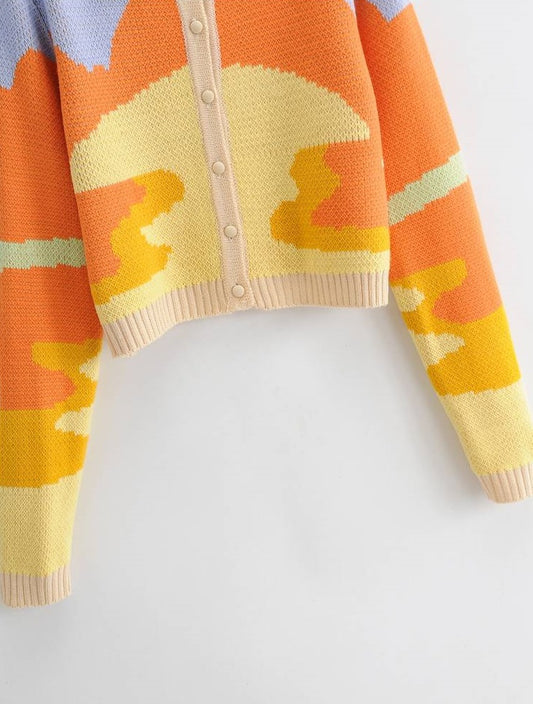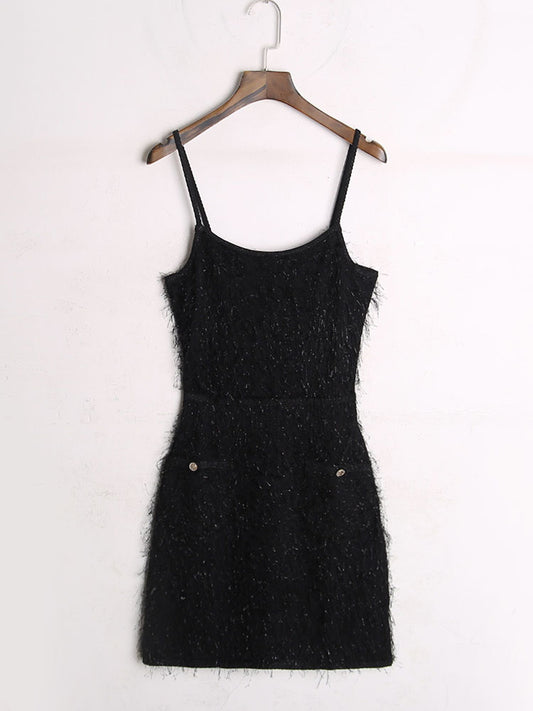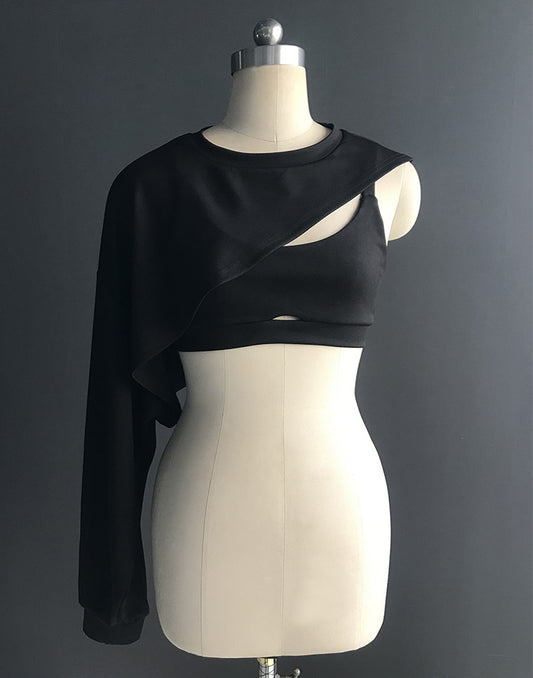Hydrocolloid patches, also known as pimple patches, zit stickers, or blemish bandages, have gained widespread popularity recently. While the use of hydrocolloid dressings itself is not a novel concept, their application for managing blemish-prone skin is a relatively new trend. Pimple patches are known to be effectively works. Chances are, you may not have tried blemish patches to treat your breakouts, even if you belong to the significant percentage (approximately 40% to 54%) of people who struggle with blemishes.
The patches are usually transparent or skin-colored, making them less noticeable when applied to the skin. They come in various shapes and sizes to accommodate different types of blemishes and can be worn discreetly throughout the day or overnight.
Pimple patches have become increasingly popular as a convenient and non-invasive solution for managing acne and blemish-prone skin. They are easy to use and can be a helpful addition to a skincare routine for those dealing with occasional breakouts or persistent acne.
What are pimple patches?
Pimple patches, also known as acne patches, are small, adhesive bandages that are specifically designed to treat and manage pimples and blemishes on the skin. These patches typically consist of a hydrocolloid material, which is a type of wound dressing commonly used in medical settings to promote wound healing.
Hydrocolloid patches work by creating a moist environment around the pimple or blemish, which helps to draw out excess fluid, oil, and impurities from the affected area. This can accelerate the healing process and reduce inflammation, redness, and swelling. Additionally, the patches act as a physical barrier, preventing further infection and preventing the user from picking or touching the blemish, which can worsen the condition.
How do pimple patches work?
Hydrocolloid patches utilize hydrocolloid technology, a method frequently employed in medical settings to promote wound healing. These patches are specifically designed to extract moisture and establish a moist environment when applied to the skin. Here's how they work effectively:
1. Hydrocolloid patches consist of a gel-like material containing active ingredients like gelatin, pectin, and carboxymethylcellulose. When these patches are applied to a pimple or blemish, they absorb any excess fluid, pus, or oil present in the affected area. This action effectively reduces inflammation and swelling.
2. The hydrocolloid material forms a protective barrier over the blemish, shielding it from external contaminants, bacteria, and dirt. This barrier prevents additional infections and reduces the risk of cross-contamination.
3. The patches create a moist environment surrounding the blemish, which aids in softening the skin and supporting the healing process. This moisture also helps to gently break down the blemish without harming the surrounding healthy skin.
4. Hydrocolloid patches help reduce irritation and discourage picking at the blemish by covering the affected area. They act as a physical reminder not to touch, squeeze, or pick the pimple, which can exacerbate inflammation and lead to scarring.
5. Hydrocolloid patches maintain oxygen permeability despite creating a moist environment. This is crucial for the skin's natural healing process and prevents the blemish from becoming overly dry or developing a scab.
Hydrocolloid patches are usually transparent or skin-colored, ensuring they are discreet when applied to the skin. They can be worn for several hours or overnight, as instructed by the manufacturer. As the patch absorbs fluid and impurities from the blemish, its appearance may change over time.
Some patches also contain additional ingredients like salicylic acid or tea tree oil, which enhance their ability to combat acne. Overall, hydrocolloid patches provide a non-invasive and convenient way to manage blemishes, making them a valuable addition to the skincare routine for those dealing with acne or occasional breakouts.
How to use pimple patches?
To use hydrocolloid patches effectively, follow these steps:
1. Identify the blemish you want to cover and select a pimple patch that fully covers the spot. For multiple blemishes in the same area, consider using a larger patch.
2. Gently clean the blemish area with a dampened cotton swab until it's free of any skincare products.
3. Peel the pimple patch from its backing and apply it carefully, sticky-side down, over the blemish. Follow the specific application instructions provided with the product.
4. Leave the patch on for the recommended duration, typically overnight, but it may vary depending on the product.
5. After the recommended time, wash your hands and remove the patch from the blemish area.
6. Continue your regular skincare routine by cleansing, toning, and moisturizing your face as usual.
By following these steps, you can make the most of hydrocolloid patches and their effectiveness in managing blemishes.
What is the best quality to look for in pimple patches?
AHA and BHA patches are effective for treating breakouts that haven't been popped. Software's AHA/BHA Pimple Patches contain microdarts that penetrate pimples, effectively killing bacteria deep within the follicle and preventing further spreading.
The combination of AHAs and BHAs in these patches helps to unclog pores by removing dead skin cells and reducing excess oil. To apply the patch, start by cleansing and drying your face, then place the patch over the pimple and leave it on for the recommended time.
For Software's Pimple Patches, it is advised to keep the patch on for approximately two hours before removal. After taking off the patch, you'll notice clearer and less inflamed skin. You can continue using your regular skincare products after applying the patch, but be gentle in the area surrounding the pimple patch.
How do pimple patches treat acne?
Pimple patches function by absorbing excess oil and pus from pimples, leading to the reduction of the zits and alleviating inflammation. These patches are typically crafted from hydrocolloid, a gel-forming material initially employed for wound healing purposes. Hydrocolloid can draw out impurities from pimples, while also creating a moist environment that facilitates quicker healing of acne spots.
How do pimple patches drain pimples?
Pimple patches typically consist of two layers: an outer layer that acts as a protective barrier against bacteria and infection, and an inner layer that absorbs fluids like pus or discharge that may leak from the pimple.
The hydrocolloid gel in the patch provides moisture, which not only promotes healing but also offers protection against infections.
How long does it take for acne pimple patch to work?
According to an expert, although pimple patches may not always work overnight, they can be effective when used correctly. For optimal results, they should be worn for at least six hours. After removing the patch, the pimple's appearance should be less visible, with reduced redness and irritation. Additionally, the patch can help expedite the healing process, leading to a shorter recovery time for the pimple.
Do pimple patches leave acne scars?
Pimple patches, when used correctly, are beneficial in preventing acne scars. They create a protective barrier, reducing the risk of external contamination and preventing the urge to pick or squeeze the pimple, which can lead to scarring. These patches work by absorbing excess fluid, oil, and pus from the pimple, reducing inflammation, and promoting faster healing in a moist environment.
However, if a pimple is already irritated or manipulated before using the patch, there is a potential risk of worsening the condition and increasing the chance of scarring. To avoid this, pimple patches should be applied to clean and dry skin without aggressive handling of the blemish.
Keep in mind that individual responses to treatments vary, and if you have concerns about acne scars or are prone to scarring, it's best to seek advice from a dermatologist for personalized recommendations and appropriate treatment options.
When pimple patches are applied to pimples, the hydrocolloids react with the sebum and dirt to create a gel-like substance. This gel not only protects the pimples from infections but also prevents them from bursting. The presence of this protective shield significantly reduces the chances of scarring, as it keeps the affected area safe and promotes a conducive environment for the natural healing process.
How often should you use a pimple patch?
The frequency of using pimple patches depends on individual needs and the severity of breakouts. Generally, they are safe for regular use, following the manufacturer's instructions.
For individual pimples or occasional breakouts, use them as needed, leaving them on for the recommended duration. If dealing with multiple pimples or persistent acne, they can be used more frequently, but pay attention to your skin's response to avoid irritation.
Pimple patches are a useful addition to a skincare routine but should not replace comprehensive skincare practices. Consulting a dermatologist for personalized advice is recommended for specific skin concerns.
What happens if you leave a pimple patch on too long?
Avoid leaving the same pimple patch on your skin for more than 10 hours. The ideal duration for pimple patches is 6-8 hours. Keeping the patch on for longer than recommended can lead to skin irritation rather than providing the intended benefits.












